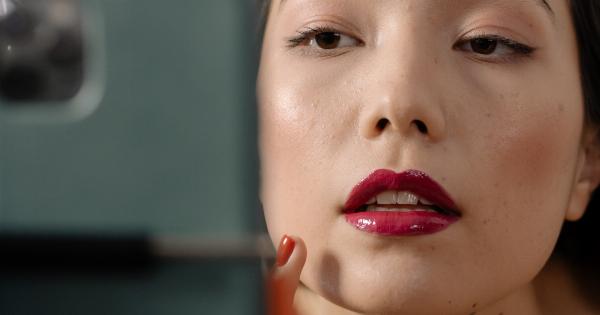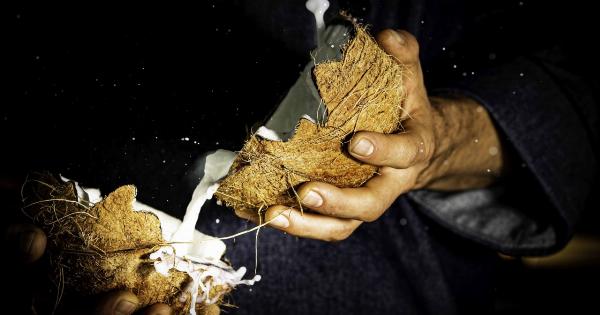Do you ever pay attention to your lips? You might think that they are simply there for talking, eating, and kissing, but your lips can actually provide valuable clues about your overall health.
In fact, they can serve as a window into your well-being, giving you insight into potential underlying health issues. So, what exactly do your lips say about your health? Let’s find out!.
1. Pale Lips
If your lips appear pale, it could be a sign of anemia or a low red blood cell count. Anemia is a condition characterized by a lack of healthy red blood cells, which can affect the delivery of oxygen to your tissues.
Pale lips may also indicate a vitamin deficiency, such as iron, folate, or vitamin B12.
2. Blue Lips
Blue lips can be caused by poor oxygenation. If you notice a bluish tint to your lips, it may be a sign of respiratory issues or a lack of oxygen in your blood. This can be a serious condition that requires immediate medical attention.
3. Dry and Chapped Lips
Everyone experiences dry and chapped lips occasionally, especially during colder months. However, chronically dry and chapped lips may be a sign of dehydration.
Make sure you are drinking enough water throughout the day to keep your body properly hydrated. Moreover, dry lips can also be a symptom of certain medications or underlying conditions, such as thyroid problems or allergic reactions.
4. Swollen Lips
If your lips are swollen, it could be due to an allergic reaction. Allergies to certain foods, medications, or environmental factors can cause your lips to become swollen.
In some cases, swelling can also be a symptom of angioedema, a condition characterized by swelling beneath the skin’s surface. If your lips swell suddenly and you have difficulty breathing, seek immediate medical attention.
5. Cracked or Split Lips
Cracked or split lips are often a result of dryness or extreme cold weather conditions. However, it can also be a symptom of a deficiency in riboflavin (vitamin B2) or other essential nutrients.
If your lips are frequently cracked or split, it’s also possible that a fungal or bacterial infection may be the cause.
6. Blisters or Sores on Lips
If you frequently develop blisters or sores on your lips, it could be a sign of a viral infection, such as herpes simplex virus (HSV). Cold sores, also known as fever blisters, are caused by HSV and can be highly contagious.
It’s important to avoid sharing utensils, drinks, or lip products with others to prevent spreading the infection.
7. Yellowish Lips
Yellowish lips can indicate several health issues. One possible cause is jaundice, a condition characterized by a buildup of bilirubin in the body. Jaundice can be a sign of liver or gallbladder problems.
Yellowish lips may also be a symptom of a thyroid disorder or anemia.
8. White Spots or Patches on Lips
If you notice white spots or patches on your lips, it could be a sign of a fungal infection called oral thrush. Oral thrush is caused by an overgrowth of Candida, a type of yeast.
It often occurs in individuals with weakened immune systems or those who take certain medications, such as antibiotics or corticosteroids.
9. Swelling and Redness on Lips
Swelling and redness on the lips can be a symptom of an allergic reaction, particularly if accompanied by itching. Allergic reactions can be triggered by various factors, including certain foods, medications, or even lip balms and cosmetics.
It’s important to identify and avoid the allergen to prevent further reactions.
10. Black Spots or Discoloration on Lips
In rare cases, black spots or discoloration on the lips may be a sign of melanoma, a type of skin cancer. If you notice any unusual or persistent changes in your lip color, it’s crucial to consult a healthcare professional for a proper diagnosis.




























